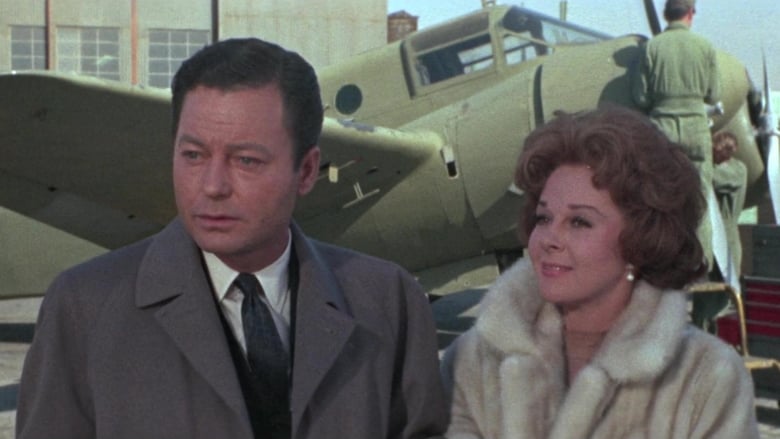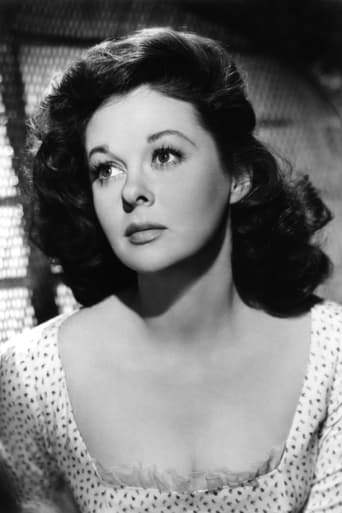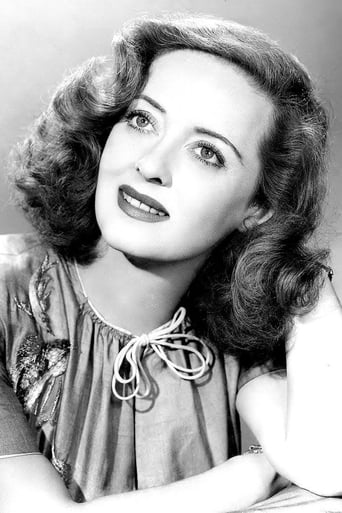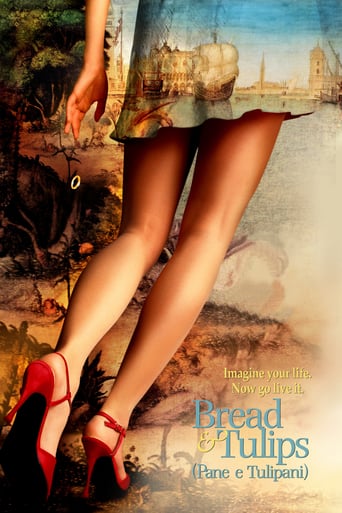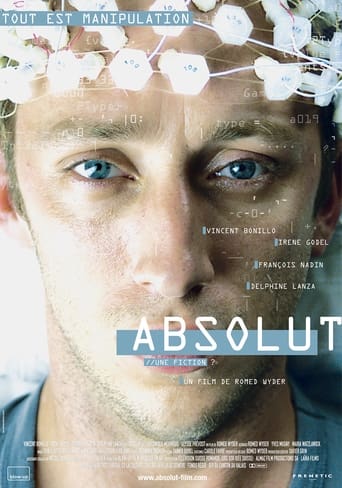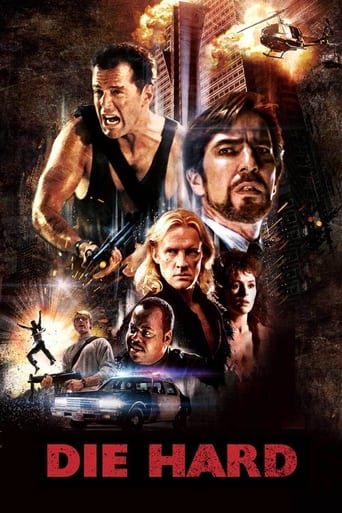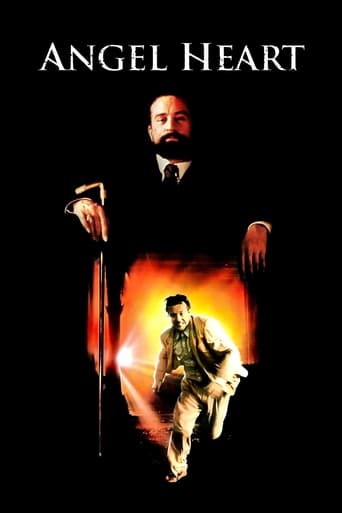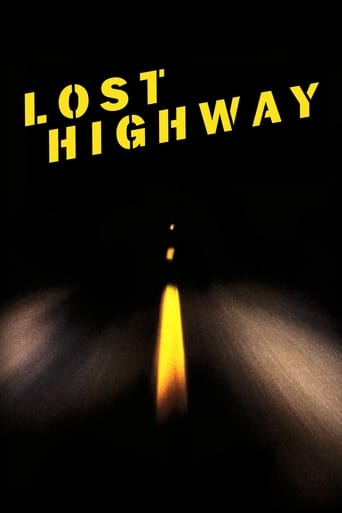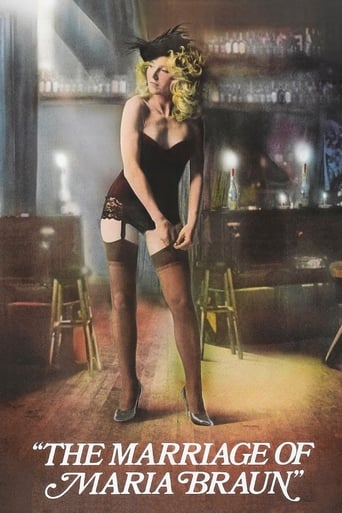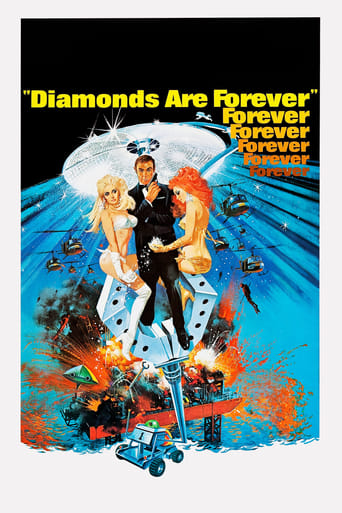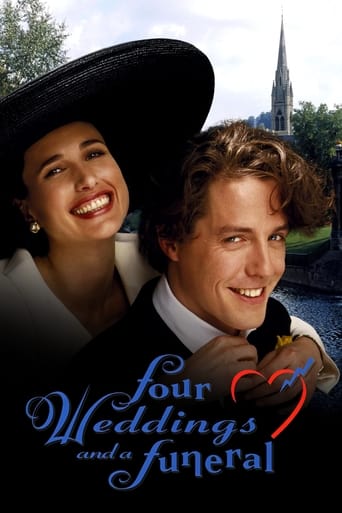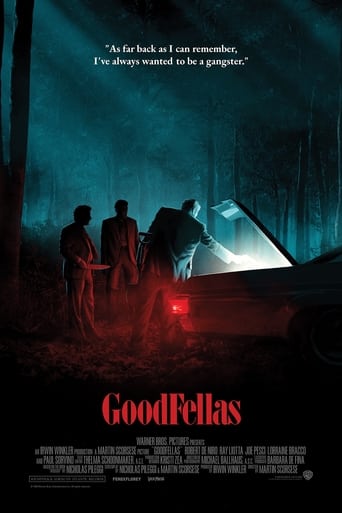Where Love Has Gone (1964)
A divorced couple's teen-age daughter stands trial for stabbing her mother's latest lover.
Watch Trailer
Cast


Similar titles
Reviews
"Where Love Has Gone" is a bad movie. The characters are pretty much one-dimensional, the acting is about as subtle as a baseball at upside your head and the script is salacious and sleazy...yet, this film is incredibly entertaining because it's so over-the-top! Subtle, this movie ain't!! The film begins with a killing that I am sure was modeled after the true-life killing of Lana Turner's husband by her daughter from a previous marriage. Though the details aren't 100% certain, it sure bears a lot of similarity to the start of this film. It was a HUGE and very sensational story back in the 50s--and now the tale is being brought to the screen--in a story that has many, many changes from the original true tale.The next portion of the film is a long flashback. Susan Hayward lives with her very rich and extremely controlling and manipulative mother (Bette Davis). She's very unhappy yet she doesn't leave...though she longs for change. When a guy comes into her life (Chuck Connors), Hayward is smitten. Why? Because when Davis tries to wrap him around her finger, he tells her to take her money and stuff it! However, he has no idea that this is what made Hayward love him.Shortly after they marry, Connors' self-esteem is in the toilet. Behind his back, she made sure he'd fail in business and would be forced to work for her company. As a result of this, Connors is disheartened and starts to hit the bottle. And, because he's no longer the virile man who stood up to Davis, Hayward has contempt for him and his weakness--and their marriage fizzles. Soon, he's drunk all the time and she's whoring about with one boy-toy after another. Not surprisingly, they divorce--and the rest is history. These jerks apparently created the poor girl killer (Joey Heatherton) and the rest of the film is about the family trying to pick up the pieces. Who is best to raise this teen killer--the highly unstable and oversexed mother, the ex-alcoholic or the evil controlling mother? How it all ends is,....well....incredible! The plot idea isn't terrible. The problem is that the writing NEVER approaches subtlety or grace-and the ending is just WAAAY over the top!! It's full of screaming, sleaze and, well, a few more doses of sleaze! It's also hilariously preachy. The PRETENDS to be a morality tale to teach parents not to neglect their poor kids, but it's a very, very thin sort of veil for a bucket of steaming..., um,...soap. But it's also very entertaining and you can't keep your eyes off it--like a funny train wreck (if there could be such a thing). And, a lot like "Peyton Place".By the way, if you care, DeForrest Kelley is also in the film in a supporting role. And, oddly, he comes off the best of any of them--playing the role like he's NOT a combination of constipated and intensely mad!
On April 4, 1958, Lana Turner's daughter, Cheryl Crane, stabbed Turner's boyfriend, underworld figure Johnny Stompanato, to death, in what was later deemed a justifiable homicide. This scandalous incident served as the inspiration for Harold Robbins' 1962 novel "Where Love Has Gone," his follow-up to "The Carpetbaggers." And this tawdry novel was given the A-list treatment by Paramount two years later, in a film that was critically lambasted but commercially successful. The picture featured the cream of Hollywood talent both in front of and behind the camera, but turned out to be a highly melodramatic affair, replete with florid dialogue and soap operalike qualities. But is it fun to watch today, almost five decades later? Oh, yes, indeed!The film cleaves into two fairly discrete sections. In the first, we meet Luke Miller, an aspiring architect (played by Mike Connors) whose daughter, Danni, has just killed his ex-wife's lover in San Francisco. (Fifteen-year-old Danni, it should be mentioned, is played by future sex symbol Joey Heatherton, 20 here and almost unrecognizable as a redhead.) In flashback, we see how Luke first met Danni's mom, a sculptress and artist named Valerie Hayden (Susan Hayward), daughter of society matron Mrs. Gerald Hayden (Bette Davis, despite the fact that Bette was only 10 years older than Susan), and how their marriage soon dissolved due to alcoholism and infidelity. In the film's second half, we are witness to Danni's juvenile hearing and see the aftermath of the murder, including a short sojourn in blackmailing territory."Where Love Has Gone" features some beautiful sets and makes excellent use of its S.F. locales. It also features a catchy Sammy Cahn/James van Heusen theme song, warbled by Jack Jones, and eye-catching costumes by famed designer Edith Head. Edward Dmytryk's direction (he had previously worked with Susan on 1955's "Soldier of Fortune," though never before with Bette, and had just directed the film adaptation of "The Carpetbaggers") is typically expert, and the supporting cast (including DeForest Kelley as a cynical art critic, here two years pre-"Trek"; the always hissable George Macready; Jane Greer, who had appeared with Susan in 1947's "They Won't Believe Me"; and Whit Bissell, who seems to have appeared in half the films ever made!) is just fine. But of course, the main selling point of this film has to be the first and only pairing of two of Hollywood's greatest actresses, Bette Davis and Susan Hayward (two of MY personal favorites, at least). These two supposedly didn't get along well on the set (surprise, surprise), but sure do have a cutting and nasty chemistry on screen! Susan's final courtroom speech may be the film's finest moment, thespianwise, although Mike Connors, here three years prior to beginning his eight-year run as TV's Mannix, provides the film with its most ingratiating performance. In short, "Where Love Has Gone" is certainly nobody's idea of a great film, much less "high art," but yes, it sure is fun to watch. And really, where else are you going to see the "Brooklyn Bombshell," Susan Hayward, handle a blowtorch?
I'm going to side-step the whole Lana Turner murder plot and just address the big flaming hole in this film.About ten minutes into the film, we flashback about twenty years to approximately 1944, where we remain for at least an hour. No one changes. Not one bit. Everyone looks exactly the same, even wearing the same 1964 costumes and hairstyles. Someone was thoughtful enough to give Luke a 1940s automobile, which he drives down a street full of 1960's cars! (In 1944, there shouldn't be a Corvair parked across the street). Besides the hair and clothes, all the homes are decorated in the same 1964 decor they had prior to the flashback (oh, those AWFUL grays that just ruin Hayward's "studio"...!) It doesn't really matter what redeeming qualities the film might have outside of this, and I didn't really see much, you can't just insult the hell out of your audience with a lousy flashback that is only twenty years earlier because the characters say it is, and expect them to respect the rest of the film. This is really, really bad; the so-called flashback is the worst art and set direction I have ever seen.
The above phrase is how DeForrest Kelley (yep,"Bones") describes Susan Hayward's character in this film. You'll notice he doesn't use the term "beauty" or "enchantress." Those of us who have always been mystified by Susan Hayward's stardom will find no answers here, where she (over)plays a nymphomaniac sculptor whose daughter sticks a carving knife into her scumbag boyfriend. Since it's obviously based on the Lana Turner imbroglio of the late 50's, the filmmakers must have thought it appropriate to cast one lousy actress as another (but at least Lana was pretty). As a movie, it's awful. As a time capsule, it's priceless -- your jaw will drop so far you'll be inhaling dustbunnies when you get a load of the pre-Freudian view of female sexuality implied by this film.Exhibit 1: Susan's butch, blowzy nymphomaniac has intertwined drives to create and to procreate. Nothing too strange there ("eros" means to create, after all). But the film judges her harshly, punishing the woman for her free spirit much the way that Flaubert did Emma Bovary a century earlier (but at least Flaubert was a great artist). Don't tempt fate, girls -- leave the Pandora's box of female sexuality and female creativity alone! We're lucky Robbins, Dmytryk & co didn't get around to taking potshots at great, independent female artists like Isadora Duncan or Frida Kahlo, but then again, maybe their concept of "art" was limited to the Hollywood dreck that Lana Turner churned out. So we can thank our stars.Exhibit 2: Valerie, as played by Susan Hayward, was messed up by her domineering mother, portrayed by Bette Davis. This third-rate psychology was trite by the early 60s, a staple of horror films (see "Psycho"). Then again, maybe the subtext of the film is that Valerie represents a gay man . . . which might also explain casting Susan Hayward in the role.Exhibit 3 (most damning): Valerie's daughter Danielle, or "Danny" (there's a weird streak of androgyny running through this flick), played by Joey Heatherton, is fifteen years old, and no one . . . repeat, no one, not even her father . . . is horrified or even shocked to learn that she is no longer a virgin. The words "sexual abuse" and "statutory rape" are never used, not even by the psychologist who is treating the little murderess. Instead, dear old "Daddy," as played by Mike Connors, knits those massive eyebrows together (did he wash his face with Rogaine?) and wonders when she might have "made love." This kind of 19th-century attitude toward adolescent sexuality was dated by the time Nabokov wrote "Lolita," let alone the 1960s (even a sleazebag like Dean Martin didn't lay hands on Joey Heatherton, she was so young back then).So "Where Love Has Gone" is a movie more to be puzzled over and analyzed than enjoyed. Cultural Studies professors, get to work.


